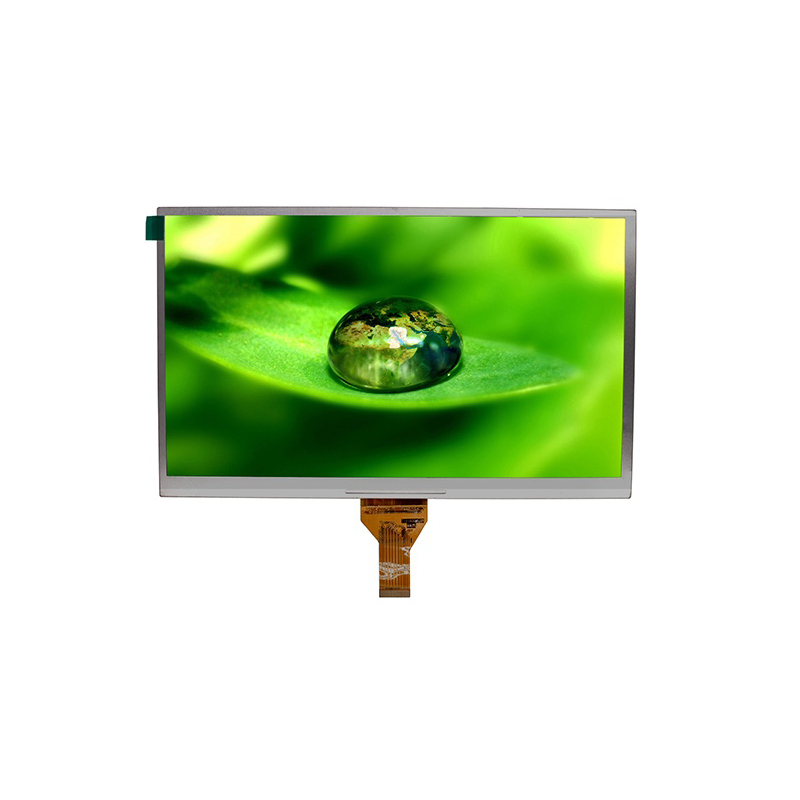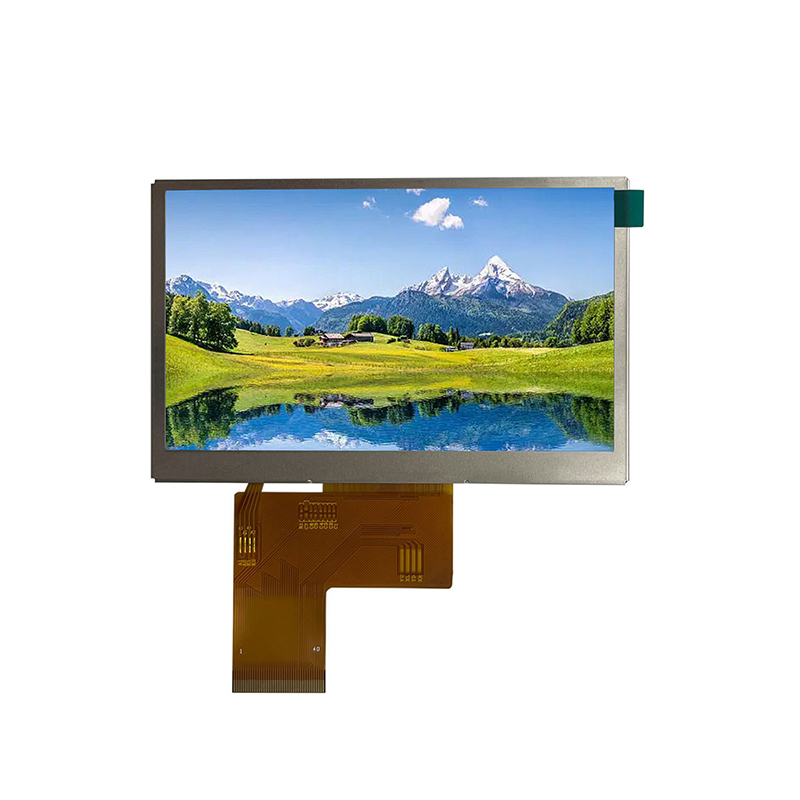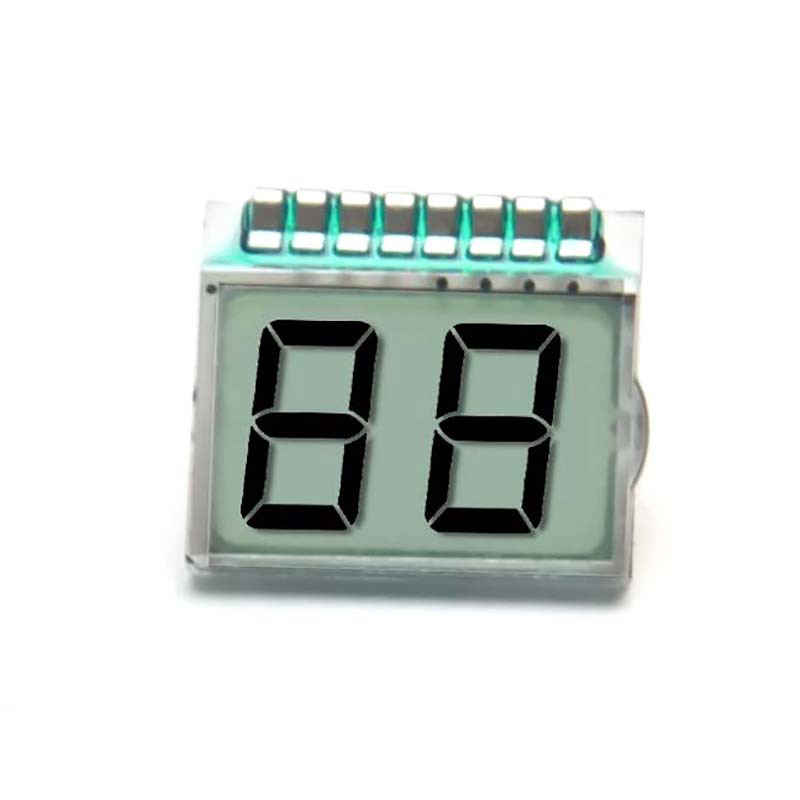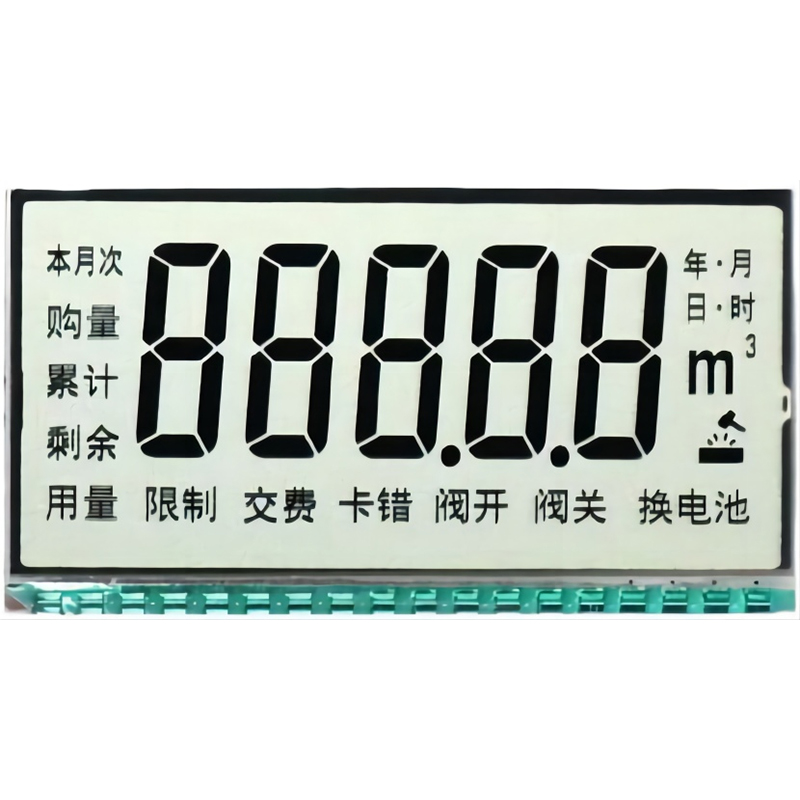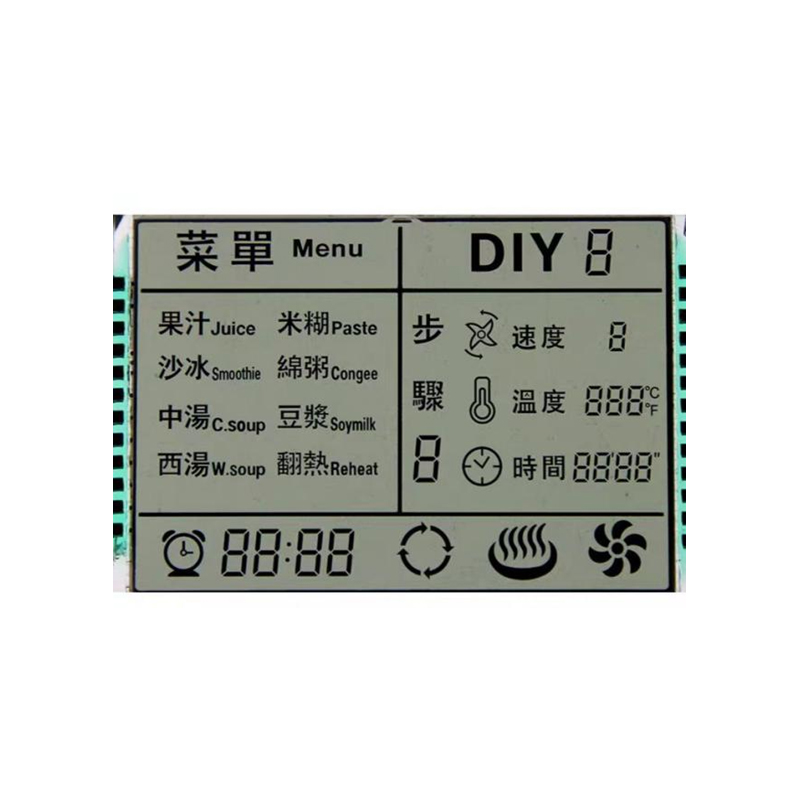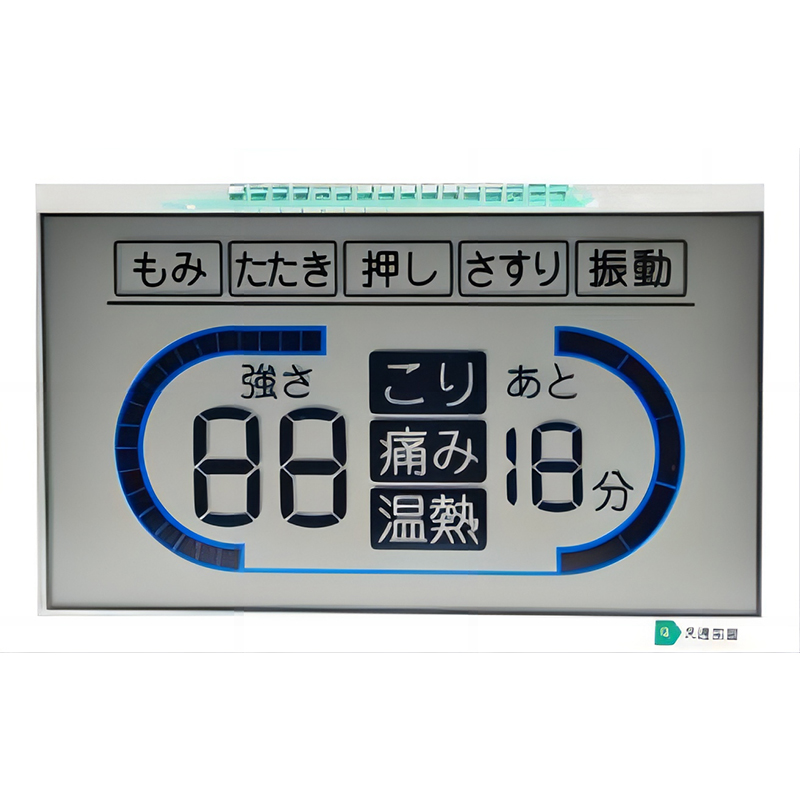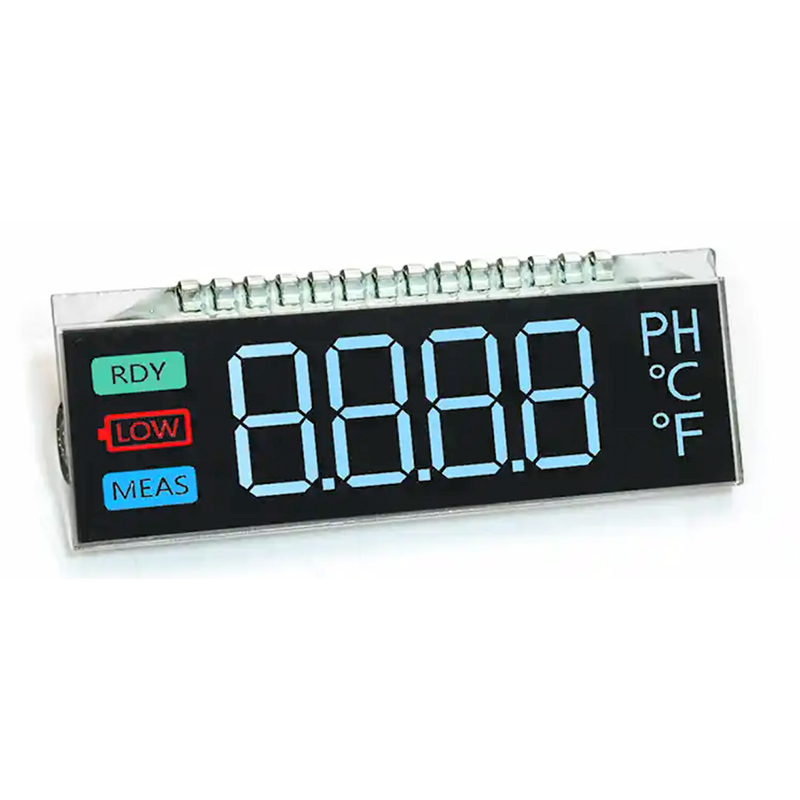Serial TFT Display: A Comprehensive GuideThis guide provides a detailed overview of serial TFT displays, covering their functionalities, applications, and key considerations for selection and integration. We explore various aspects, from understanding basic specifications to troubleshooting common issues. Learn how to choose the right display for your project and effectively implement it.
Understanding Serial TFT Displays
A
serial TFT display is a type of liquid crystal display (LCD) that uses a serial interface for communication. Unlike parallel interfaces, which require multiple data lines, serial interfaces use fewer pins, simplifying the connection process and reducing the complexity of the circuitry. This makes them ideal for applications where space and pin count are critical. Popular serial interfaces used with
serial TFT displays include SPI (Serial Peripheral Interface) and I2C (Inter-Integrated Circuit).
Key Features and Specifications
Several key specifications define the capabilities of a
serial TFT display. These include: Resolution: This determines the number of pixels (dots) the display can show, influencing image sharpness and detail. Higher resolutions usually result in clearer images but increase the complexity and cost. Size: Available sizes range widely, from small displays suitable for wearable devices to large displays for industrial applications. The appropriate size depends on your specific application's needs. Interface: SPI and I2C are the most common serial interfaces, each with its own advantages and disadvantages. SPI offers higher speed, while I2C is simpler to implement and uses fewer pins. Choosing the correct interface is crucial for compatibility with your microcontroller or other controlling device. Color Depth: This refers to the number of bits used to represent each pixel's color. Common values include 16-bit (65k colors) and 24-bit (16.7 million colors). Higher color depth leads to richer and more vibrant colors. Backlight Type: Backlights are essential for illumination. Common types include LED (Light Emitting Diode) backlights, offering different color temperatures and power consumption characteristics. Power Consumption: This is a critical factor, especially for battery-powered applications. Lower power consumption generally translates into longer battery life.
SPI vs. I2C Interface: A Comparison
| Feature | SPI | I2C |
| Data Rate | Faster | Slower |
| Number of Pins | More | Fewer |
| Complexity | More complex | Simpler |
| Addressing | Chip Select (CS) line | Unique address for each device |
Choosing the Right Serial TFT Display
Selecting the appropriate
serial TFT display depends heavily on the application's requirements. Consider factors such as resolution, size, interface type, color depth, power consumption, and budget. For example, a small, low-resolution display with a low power consumption might be suitable for a wearable device, whereas a large, high-resolution display with a fast interface might be necessary for an industrial control system.
Integrating a Serial TFT Display
The integration process involves connecting the display to a microcontroller or other controlling device via the chosen serial interface (SPI or I2C). This typically involves soldering the display to a PCB or using a suitable adapter board. Appropriate driver libraries or code will need to be used to control the display and send data to it. Many display manufacturers provide sample code and datasheets to facilitate this process. Check with the
Dalian Eastern Display Co., Ltd. for their specific product details and supporting documentation.
Troubleshooting Common Issues
Common issues with
serial TFT displays can include display corruption, incorrect colors, or no display at all. Troubleshooting steps typically involve checking the connections, verifying the power supply, and reviewing the control code. Datasheets from manufacturers often contain comprehensive troubleshooting sections.
Conclusion
Serial TFT displays offer a versatile and efficient solution for various applications. By understanding their specifications, choosing the right display, and mastering the integration process, you can successfully implement these displays in your projects. Remember to consult the manufacturer's documentation for your specific model. This detailed guide helps to navigate the intricacies of selecting and integrating a
serial TFT display, providing crucial information for both beginners and experienced developers.




